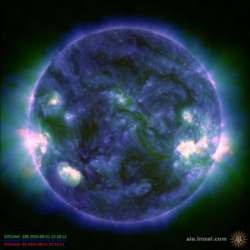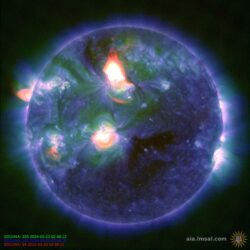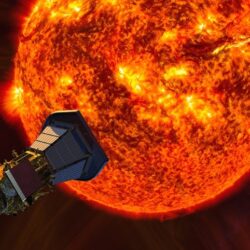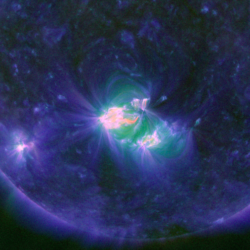Sunrise Partial Solar Eclipse!
The US Northeast was treated yesterday to a partial solar eclipse at sunrise! The US Northeast, Quebec, Eastern Canada, Greenland, Iceland and Northwestern Europe were treated yesterday to a Partial Solar Eclipse. For observers in the US Northeast who were fortunate to have favorable weather conditions, the partially eclipsed sun was observed at its rising.[…]














